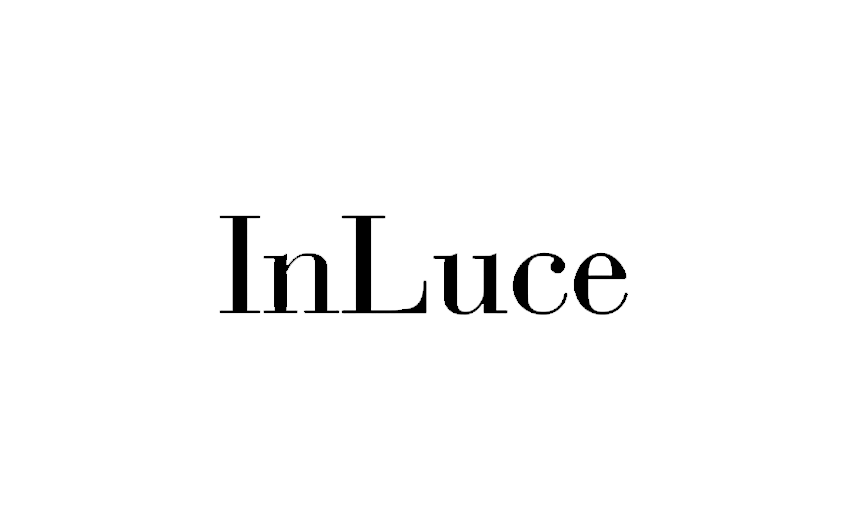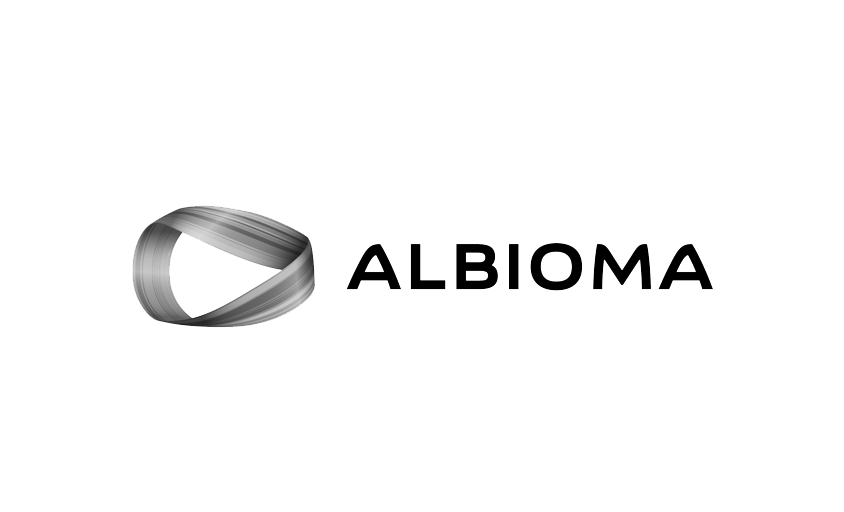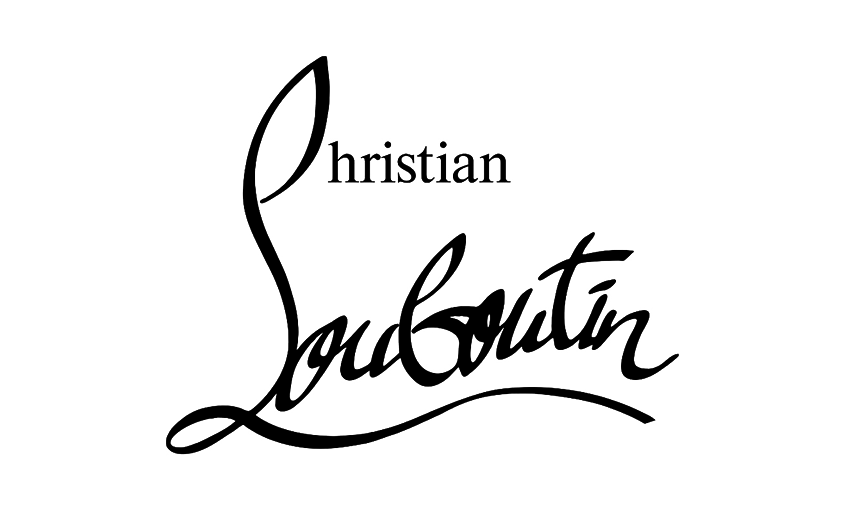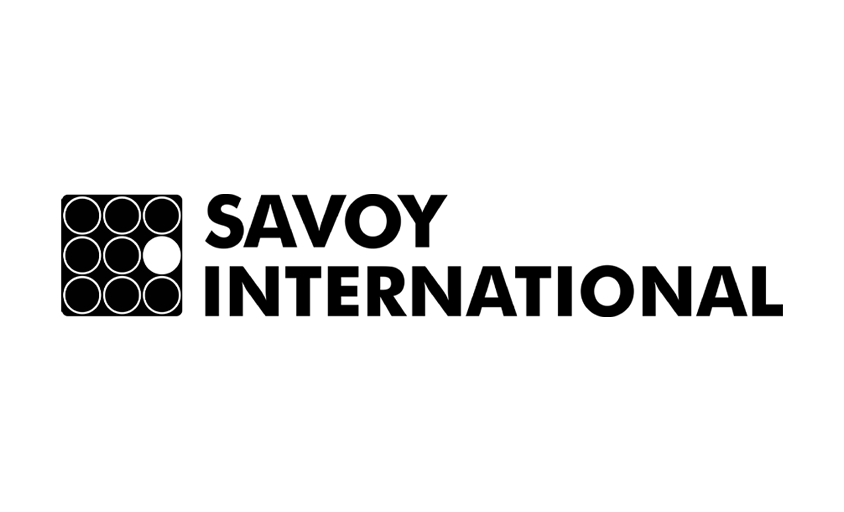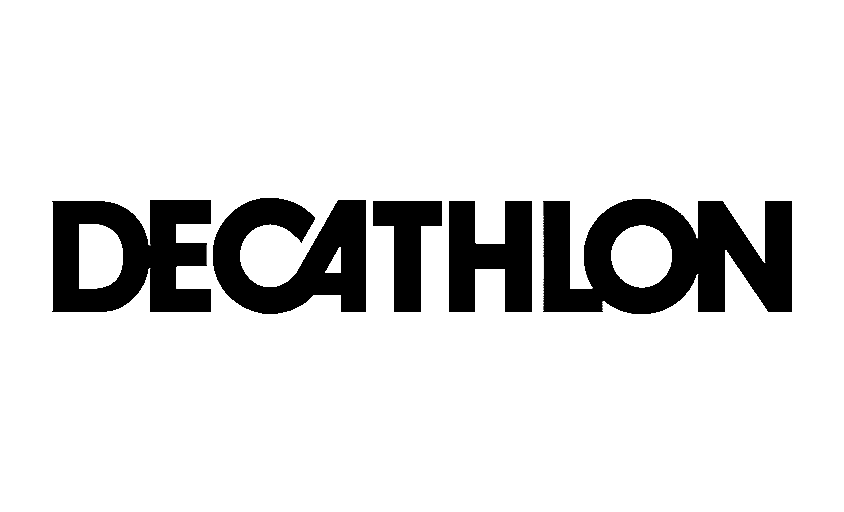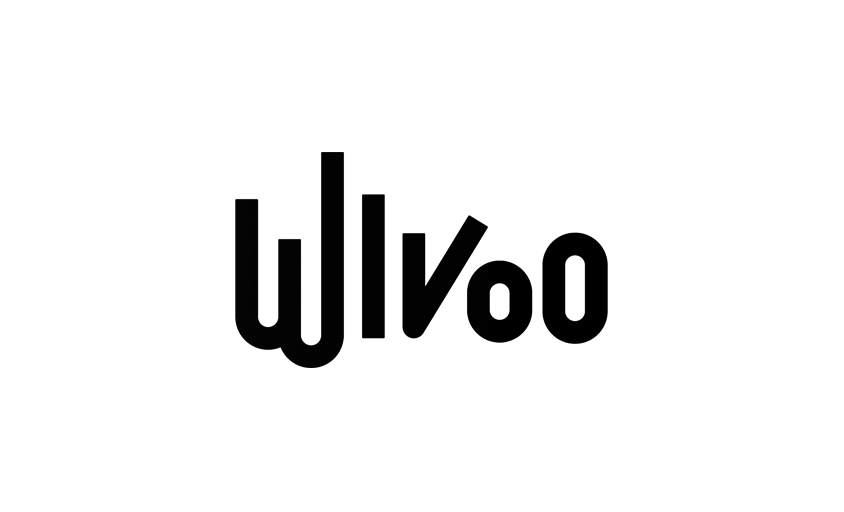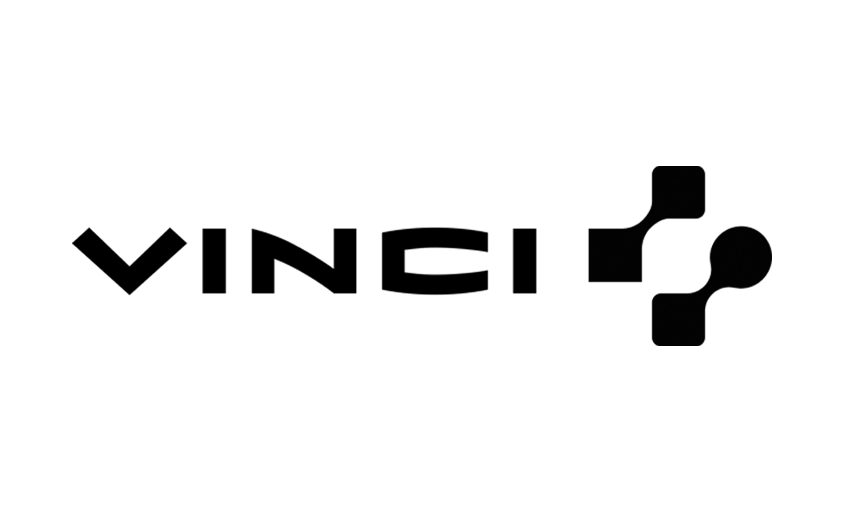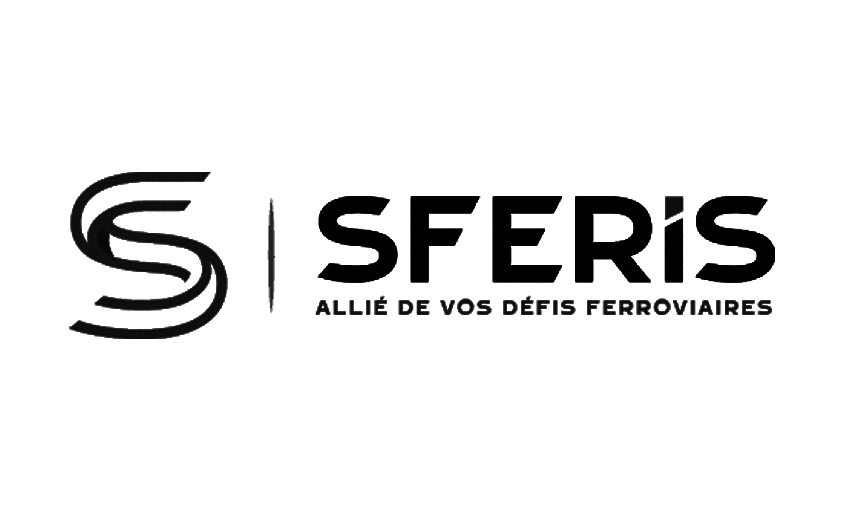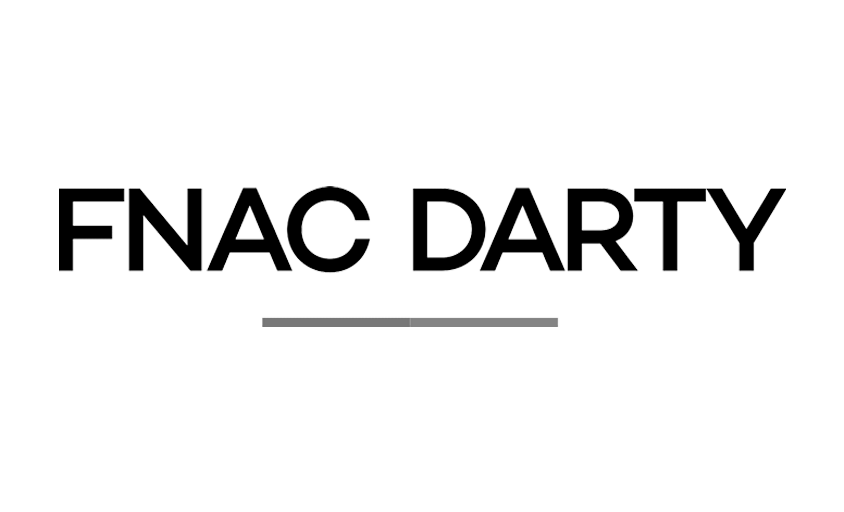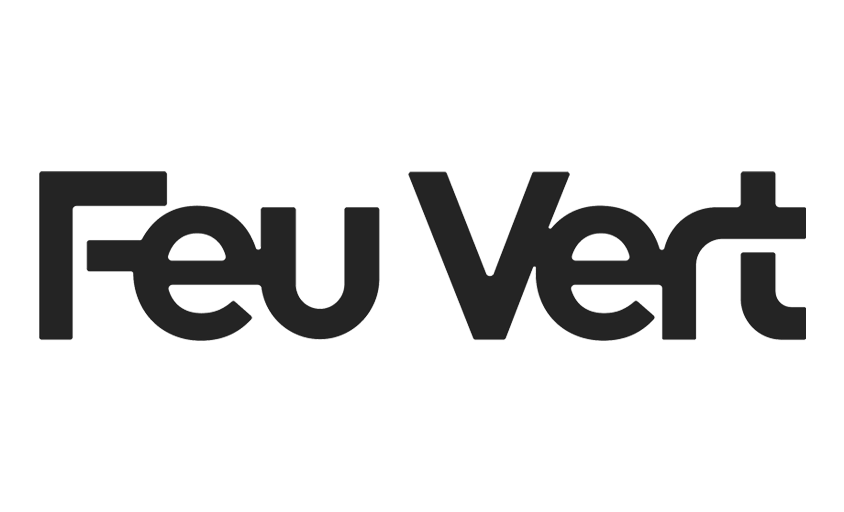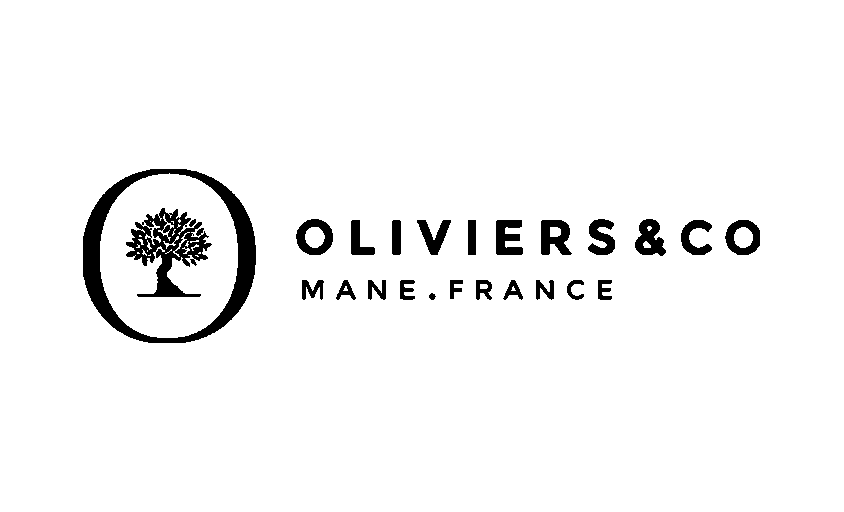Legislations in Wine and Spirits Advertising
In this article :
In France, the legislation governing the advertising of wines and spirits is quite strict, primarily aimed at regulating the promotion of these products and minimizing their impact on public health. It is essential to keep these regulations in mind when creating campaigns for wines and spirits. Here are five key applicable regulations:
1. Évin Law (1991)
The Évin Law is the foundation of advertising restrictions on alcoholic beverages in France. It aims to limit the encouragement of excessive consumption while allowing controlled communication.
Restrictions on Authorized Media
- Permitted Media: Advertising is limited to specific media such as specialized print publications, displays at points of sale (bars, wine shops, etc.), and under certain conditions, the internet.
- Prohibited Media: Television, cinema, radio, and social media targeting the general public, except for specific regulated campaigns.
Advertising Content
Advertisements must be limited to factual information, such as:
- The origin (region, appellation).
- Composition and production techniques.
- Visual characteristics of the product (color, bottle, label).
Any encouragement to consume or the promotion of festive moments associated with alcohol is strictly prohibited.
Objective
This law aims to prevent the public from being excessively exposed to messages encouraging the purchase or abuse of alcohol, while still allowing producers to communicate their expertise.
2. Sponsorship Authorization
While direct sponsorship is prohibited, sponsorship remains allowed under certain conditions, particularly in the sports and cultural sectors.
Rules for Sports
Brands can sponsor sports events, such as tournaments or local competitions, provided that:
- Their logo or name appears discreetly, without any slogan or message encouraging consumption.
- Displays respect geographical restrictions and target audiences (no visibility in areas intended for minors).
Rules for Culture
In the context of artistic or cultural events (festivals, exhibitions), brands can associate their image with activities that promote tradition or heritage, but always without direct mention of alcohol.
3. French Public Health Law
This law strengthens obligations in terms of prevention and public health.
Mandatory Preventive Message
Any advertisement for alcoholic beverages must include:
- The preventive message: “Excessive drinking is dangerous for your health, consume in moderation.”
- This message must be readable or audible, depending on the medium used.
Objectif
To educate consumers about the dangers of alcohol and encourage responsible consumption.
4. Prohibition of Advertising Targeting Minors
Legislation prohibits any communication directly or indirectly targeting minors.
Prohibited Practices
- Use of cartoon characters, mascots, or playful games.
- Use of language or visuals that may appeal to a young audience.
- Product placement in content intended for minors, such as animated movies or series.
Objectif
To limit minors’ exposure to alcohol, reducing the risk of early and excessive consumption.
5. Protected Geographical Indication (PGI) and Controlled Designation of Origin (AOC)
Wines and spirits benefiting from a PGI or AOC are subject to strict rules to guarantee their authenticity.
Advertising Content
Advertising campaigns must adhere to specific criteria:
- Correct mention of the origin and label (PGI, AOC).
- Highlighting production techniques and terroir characteristics.
- Prohibition of misleading information regarding quality or origin.
Objectif
To protect consumers and producers by promoting product quality and origin while preventing abuse or misuse of labels.
Conclusion
These five regulations structure all advertising and communication strategies in the wine and spirits sector. They require brands to demonstrate creativity while adhering to strict constraints, highlighting craftsmanship and authenticity without falling into excessive promotion. For imaging professionals, such as photographers, they demand precision and specific expertise to support brands in compliant and impactful communication.
Jérémy Carlo is the editorial director at Rétines, where he ensures the consistency and clarity of all content produced by the studio.
Our Clients
Let’s discuss
What we do for you at Rétines
Meticulous work, an organised project and fast delivery. And to achieve this, we mobilise the right resources in our teams at the right time.
01
Pre-production
Artistic and technical direction tailored to the project.
Relevant recommendations on content, form and resources.
02
Photo Shooting
Photos taken by our experienced photographers.
Production that’s controlled, efficient and tailored to the needs of the project, with nothing superfluous.
03
Retouching
Technique
Photographs magnified by our retouching team.
Post-production to meet the commercial challenges of the brief.


